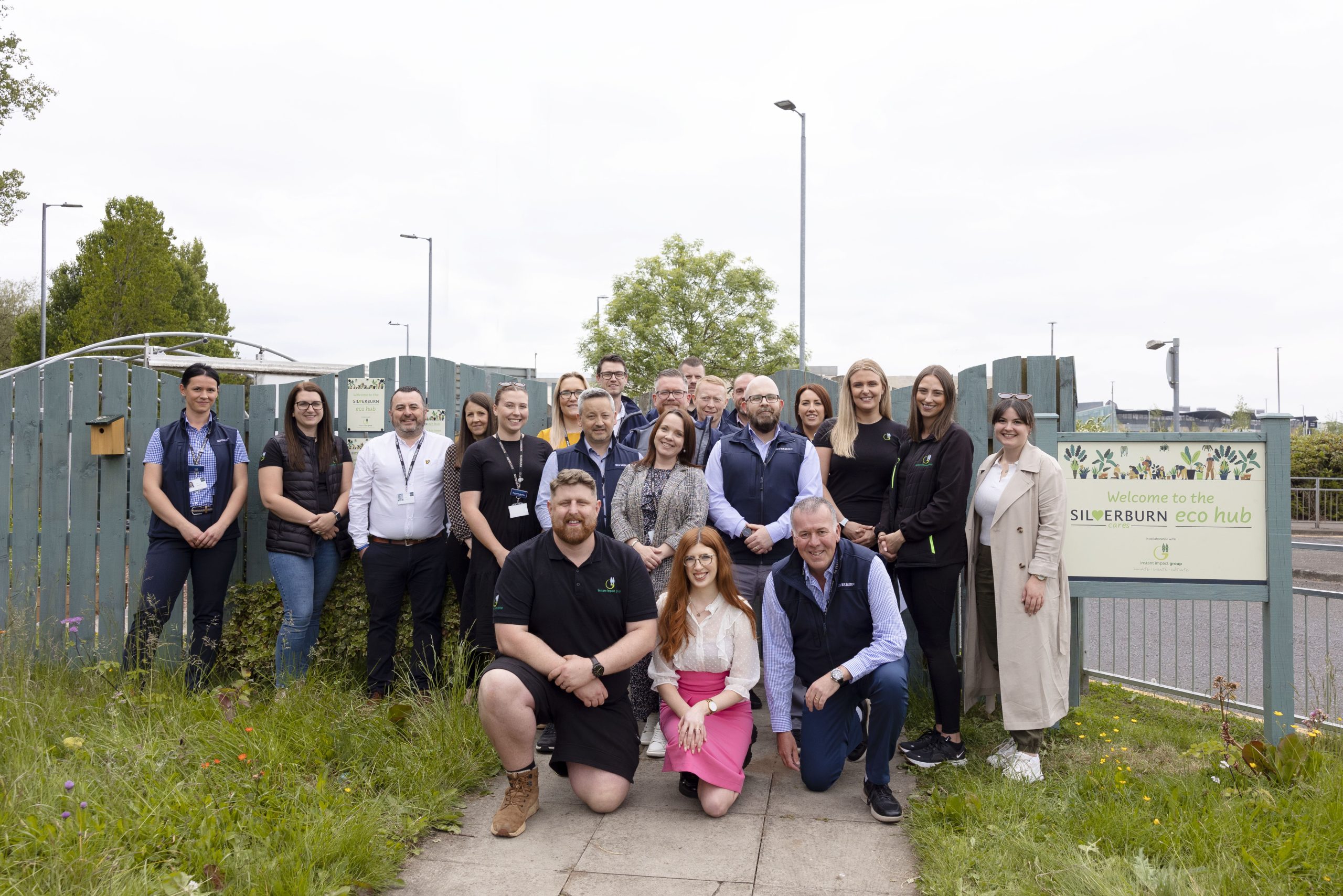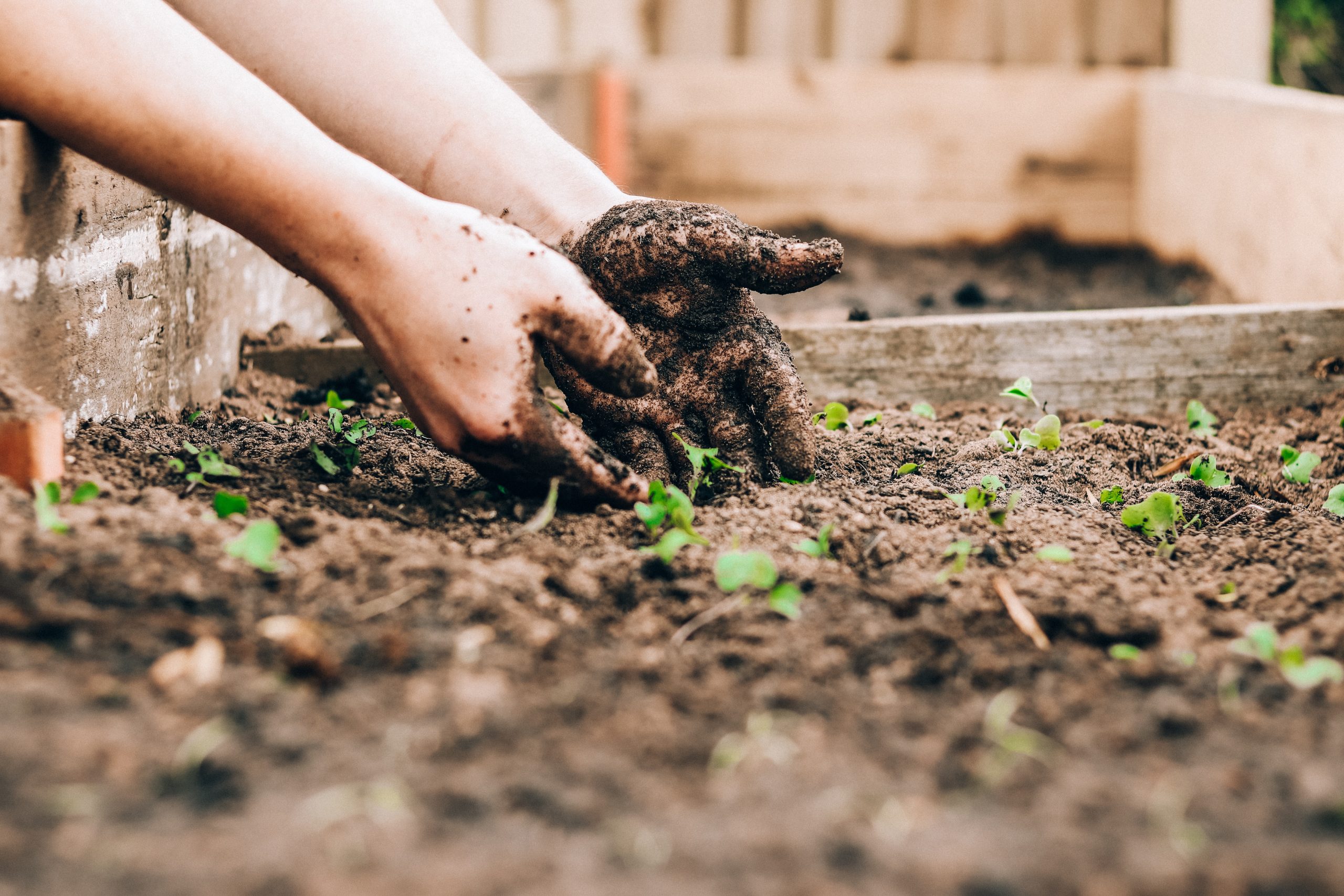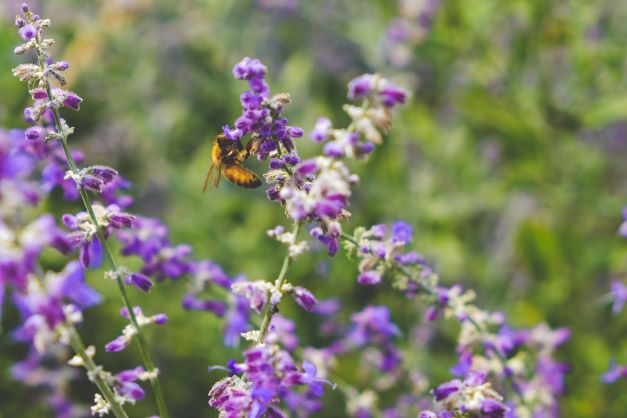Workman is a proud partner of the Natural History Museum’s Urban Nature Project.
An ambitious project that will transform the Museum’s five-acre gardens in South Kensington into a welcoming, accessible and biologically diverse green space in the heart of London, and generate an urban nature movement across the UK.
The Urban Nature Project will develop the scientific tools and skills urgently needed to monitor, understand and protect urban nature.
To find out more, Vicky Cotton, Head of ESG, Workman, spoke to Natural History Museum experts: John Tweddle, Head of Angela Marmont Centre for UK Biodiversity and Sam Thomas, Urban Nature Project Biodiversity Officer.
VC: Why do we need biodiversity in the urban environment?
Sam Thomas: Nature is integral to our lives whether we live in the countryside or the middle of the city. Biodiversity provides essential ecosystem services from flood prevention to air purification and the reduction of noise pollution while also improving our mental and physical health. The COVID-19 pandemic has demonstrated more clearly than ever the value of urban greenspace to those who live in towns and cities, as well as the inequality of access to such spaces.
Urban areas are not biodiversity deserts, in fact detailed analysis of four British urban centres (Bristol, Edinburgh, Reading and Leeds) show that over 60% of the total landcover is “green”. In a country with some of the least intact biodiversity in the world urban mosaics of green and blue space – from parks, gardens and semi-natural terrestrial habitats, to rivers, ponds and canals are becoming increasingly important spaces for nature conservation. However, urbanisation is also a significant driver of biodiversity loss whether directly via urban expansion and intensification of urban land-use, or indirectly via the behaviours of urban populations.
Recognising that “we – and our economies – are ‘embedded’ within Nature, not external to it” and prioritising urban nature conservation is essential if we are to make our towns and cities liveable for the future and start to address the growing global biodiversity crisis.
VC: What are the big challenges facing biodiversity in urban areas today?
John Tweddle: Urban biodiversity is subject to many pressures. With more than 80% of the UK population currently living in urban areas, set to rise to more than 90% by 2030 increasing population density threatens the loss of green and blue space, and particularly, of brownfield sites; the importance of which has only recently been fully recognised.
Alongside increasing population density and associated intensification of land-use, factors such as climate change, pollution, habitat fragmentation and invasive species also pose a significant risk to urban biodiversity.
Urban environments have been historically overlooked by the nature conservation sector, creating a lack of detailed data through which we can monitor changing urban biodiversity. However, it is now recognised that significant collective effort is required to better understand and manage these important habitats.
VC: What are the primary benefits to be derived from increasing biodiversity in urban and built environments?
Sam Thomas: Urban habitats in the UK and globally can often be fragmented and damaged. Through restoring and protecting urban nature, we can increase its resilience to future changes forced by climate and other factors, while enhancing the ecosystem services that we rely on and maximising the benefits of urban biodiversity to society.
There is a growing body of evidence that interaction with nature is beneficial for physical and mental wellbeing. The benefits of increasing biodiversity – for example by creating larger, better- connected or new spaces for nature – are not geographically uniform. Studies show a link between socio-economic status, access to nature, and life expectancy. Communities suffering from multiple deprivation can often have more limited access to green space close to where they live than less- deprived communities. This can become a contributory factor to deprivation, and reduces their ability to live healthy and active lives.
Creating new spaces for nature and enhancing biodiversity in inner cities and other lower socio-economic areas can have a disproportionately positive impact both for people and the environment. A sense of connectedness to nature can lead to an increased sense of environmental responsibility. As urban greenspaces such as parks, gardens and local nature reserves are often the main point of contact with nature for many urban residents, these spaces can have a significantly positive impact by creating advocates for nature both locally and globally.
VC: If biodiversity is not increased in urban environments in the UK, what could be the likely effects / outcomes?
John Tweddle: Each action we take in relation to urban biodiversity has the potential to either increase the resilience of our urban areas to future change, or lead to decreased resilience and – potentially – spiralling negative impacts, making our towns and cities more difficult places to live for both humans and nature. Increasing population density without protecting and maximising the spaces for nature risks the latter, particularly under the increased pressures of climate change that are predicted for coming decades.
Temperature increases under climate change are likely to be felt particularly strongly in cities due to the urban heat island effect. Urban greenspace helps reduce this effect with studies showing that a 10% increase in urban tree cover can lead to temperature reductions of 3-4%. If current climate projections hold true, then the benefits of this localised cooling will become increasingly important over coming decades. Planting appropriate species of trees in the right places can provide multiple other benefits beside this cooling effect: from supporting populations of other native plants, animals and fungi, to reducing soil erosion and increasing carbon sequestration.
As well as temperature increases, it is predicted that other extreme weather events will rise in intensity and frequency, with flooding becoming one of the main environmental risks for many towns and cities. Ensuring sufficient green and blue space is critical in reducing flood risk while also supporting increased biodiversity.
VC: What are the most effective methods by which to increase biodiversity in urban and built environments and are there any low maintenance options?
Sam Thomas: Measures to increase the biodiversity of urban areas needs to be implemented at a range of different levels. Significant positive impacts can be made by integrating measures for biodiversity into government policy and the planning system such as through Green Infrastructure and Biodiversity Net Gain. However, collective and individual action at a more local level is also vital to improving urban areas for biodiversity.
Many of the species that live in urban habitats can rapidly colonise new areas and take advantage of small habitats. This means that even small actions such as reducing external lighting and decreasing the frequency of mowing can have a rapid and measurable positive impact on local biodiversity. Reducing lighting creates less light pollution which in turn positively impacts night flying insects and bats, while amending the mowing regime of amenity grasslands can rapidly increase the diversity of flowering plants, pollinators and other insects.
Carefully considering how you can improve site management with a suite of low maintenance interventions such as these can significantly improve your site for biodiversity. There are many resources available to help those interested in improving their sites of biodiversity such as those provided by The Natural History Museum and Naturehood as well as best practice examples for larger urban developments such as from London Wildlife Trust.
If you manage an urban site such as a community garden or a commercial space such as an office, retail, and business park why not take a walk around your site and think nature? Are there spaces where planting could be improved for pollinators? This could be perennial flowers or tough Mediterranean shrubs such as lavender that require minimal upkeep. Can existing monoculture shrub planting be replaced with mixed native species which could benefit birds with nesting and feeding opportunities? Is there space for a pond, however small? Keep in mind that even small measures are positive for biodiversity and contribute to the connectivity and resilience of urban nature without requiring a lot of budget or time commitment.
VC: How can these be monitored and measured, in order to keep track of the differences being made?
Sam Thomas: Monitoring how urban nature changes over time in response to changing pressures and interventions is vital if we are to understand how to achieve the most positive outcomes and best direct limited resources. There are a range of different ways in which we need to monitor urban nature. Some of these can be achieved using existing methods while others are the subject of ongoing research to create improved monitoring methods.
The role of the public, community organisations and schools in helping us understand the natural world is becoming increasingly important. Citizen science projects offer the opportunity for people to connect with nature in their local area while helping make important scientific advances. Monitoring nature, particularly in urban areas, is ideally suited to a citizen science approach. There are a range of different ongoing monitoring projects which everyone can be involved with. Most simply people can enter a record of a species on a mobile app such as iRecord or iNaturalist either independently or through an event such as a BioBlitz or City Nature Challenge. There are also more structured projects such as the UK Butterfly Monitoring Scheme or the Flower-Insect Timed Count (FIT Count) from the UK Pollinator Monitoring Scheme.
On a wider level there are a range of statutory monitoring methods for specific protected sites or habitats but there is no universally accepted metric for monitoring urban habitats. This fact is hampering conservation monitoring of urban biodiversity. Along with our partners we’re researching new methodologies for monitoring urban nature through the Urban Nature Project at the Natural History Museum. These methodologies are based on environmental DNA and automated acoustic and environmental recording. Along with supporting information resources, these will ultimately help to make monitoring more accessible and scalable, enabling land managers and developers to quantify the impacts of actions that they have taken in support of urban nature.
VC: Are there any simple solutions for increasing biodiversity inside a building where properties have no outdoor space?
John Tweddle: While not inside, the outside of buildings are not without value for nature. Thoughtfully designed buildings have the potential to offer space for nature through green roofs and green walls, or opportunities for nesting birds such as the icon of urban conservation success the peregrine falcon or species that are currently undergoing massive population declines, such as swifts.
Images © The Trustees of the Natural History Museum, London. Credit: Feilden Fowles and J&L Gibbons.
Read more about our ESG services
Read more about our Building Biodiversity here > https://bit.ly/2SY8JrN


